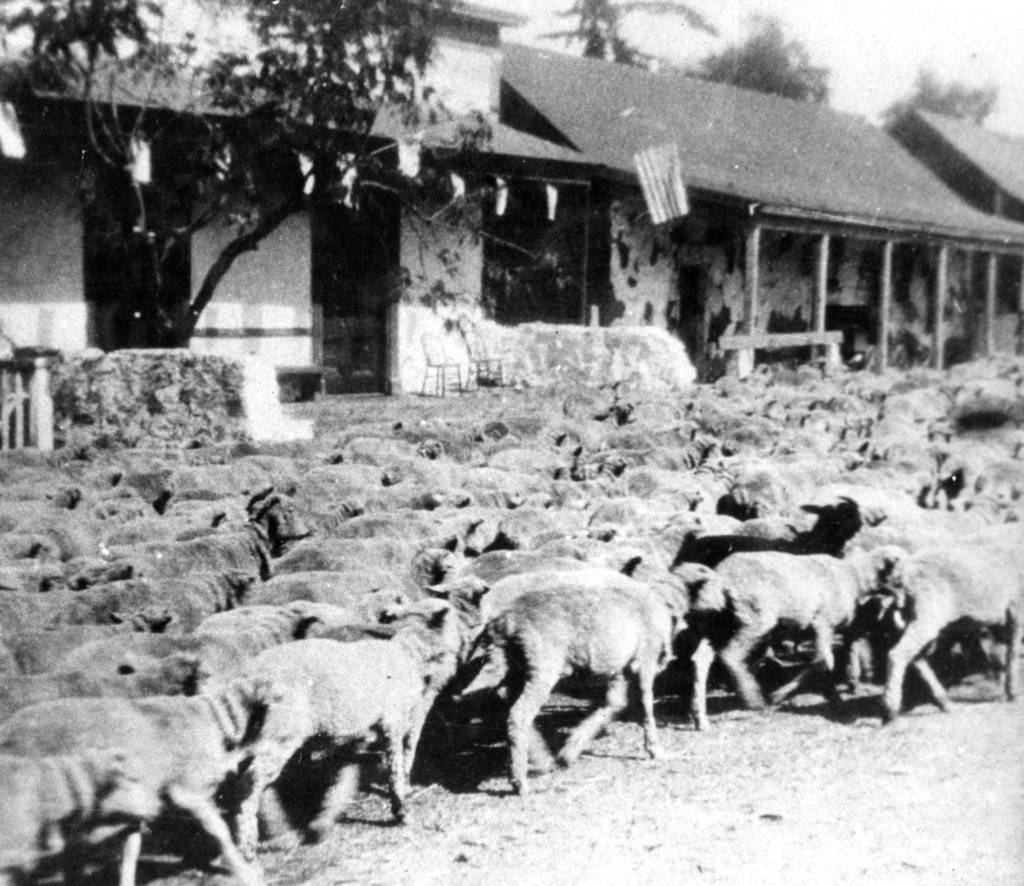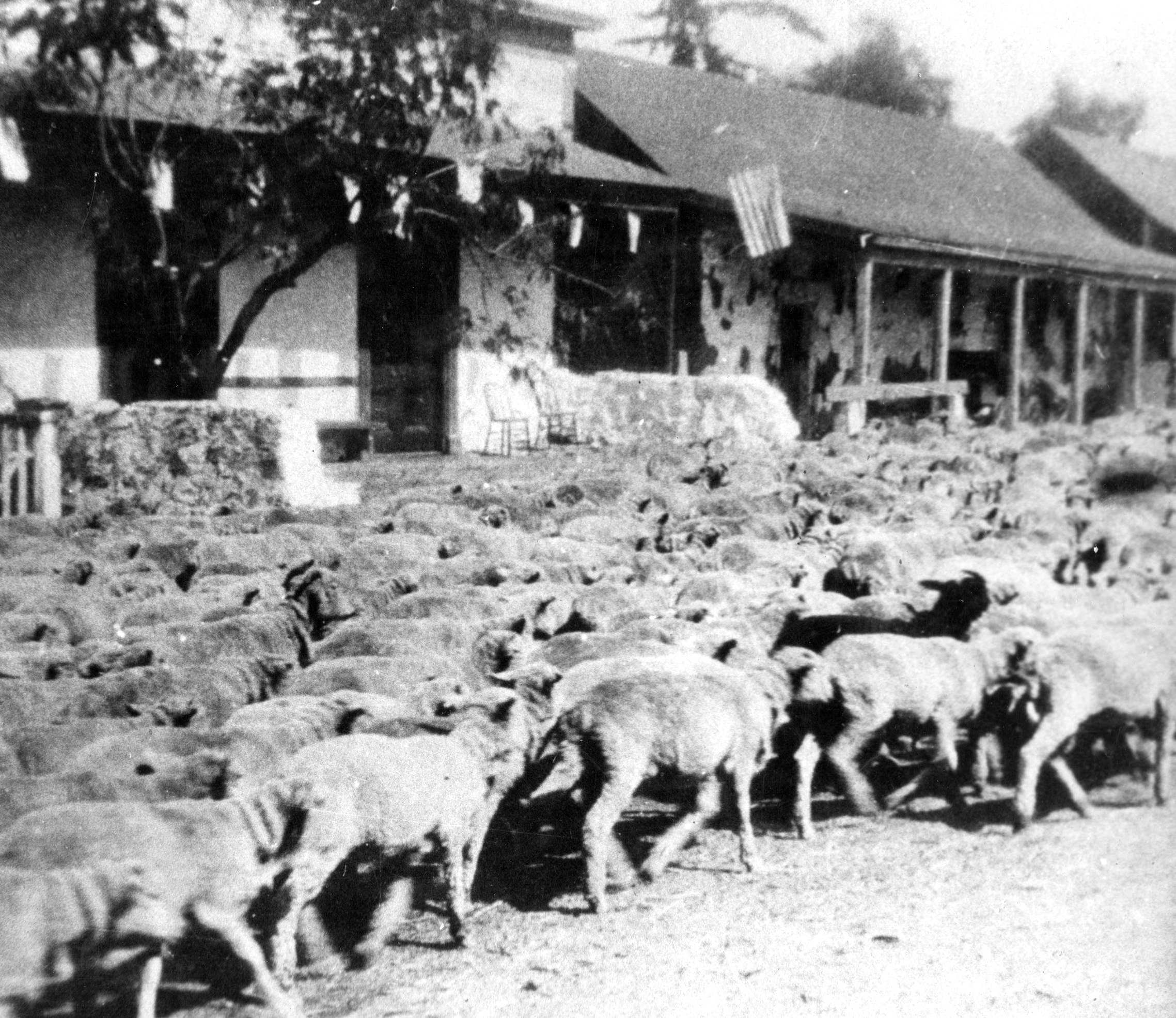San Juan Capistrano was founded as one of the missions dotting the California coastline up to San Francisco back in the 17th century, when it was still part of the Kingdom of Spain. Today, this town of just over 35,000 inhabitants is now in The Orange Country, which we’ve spoken about before.
We’re going back there thanks to an article by Jan Siegel in The Capistrano Dispatch on how the San Juan Capistrano Historical Society has published a pamphlet covering the registries, descriptions, and stories of the Basque families that moved there.
This compilation of data was carried out in 1994 by Jean Lacouague, the descendant of a Basque who arrived there in 1910. The work couldn’t be finished, but it’s still being published as an homage to the heritage the Basques have left in that part of the California coast. Interestingly, when reading the biography of this Basque in that article, one ca realize how he was an exemplary follower of the principle that the Basques took with them in their migrations, the same one Lehendakari Aguirre reminded the Basques who had to flee to the Americas to escape Franco of: “In your adopted homeland be, among all citizens, the best“.
We don’t yet have a copy of the pamphlet about this part of the History of the Basques, but it can be ordered for just $5 from the Historical Society.
We’d also like to mention another article in that same paper, this time penned by Rhonda DeHaan and published in January 2019 about the history of the Basques in that part of the US.
We’d also like to include another article by Brad Bonhall in the Los Angeles Times covering the work of Jean Lacouague in 1994.
The Capistrano Dispatch – 13/3/2020 – USA
Moments in Time: Basque Families Contributed to History
The year of 1910 is best remembered as the year that Fr. St. John O’Sullivan arrived in San Juan Capistrano and started restoring the Mission. But another person who would also have an enormous effect on our community also stepped off a train in San Juan Capistrano that year. He was Basque farmer Pierre Lacouague. One hundred and ten years later, the San Juan Capistrano Historical Society is honored to recognize the contributions the Basque community has made to our history.
(Follow) (Automatic translation)
Los Angeles Times – 6/2/1994 – USA
History in the Making : Basque Compiles His Culture’s Contributions to San Juan Capistrano
The year of 1910 is best remembered as the year that Fr. St. John O’Sullivan arrived in San Juan Capistrano and started restoring the Mission. But another person who would also have an enormous effect on our community also stepped off a train in San Juan Capistrano that year. He was Basque farmer Pierre Lacouague. One hundred and ten years later, the San Juan Capistrano Historical Society is honored to recognize the contributions the Basque community has made to our history.
(Follow) (Automatic translation)
The Capistrano Dispatch – 25/1/2019 – USA
Moments in Time: Basque Families Contributed to History


Perhaps the oldest and most distinctive European civilization, the Basques come from a rugged region along the border between Spain and France. While they never had their own country, the Basques have a unique culture and language. Having left political turmoil in Europe, many Basques settled in Latin America, where they honed their skills in ranching and herding.
(Follow) (Automatic translation)
Last Updated on Jan 21, 2024 by About Basque Country





























